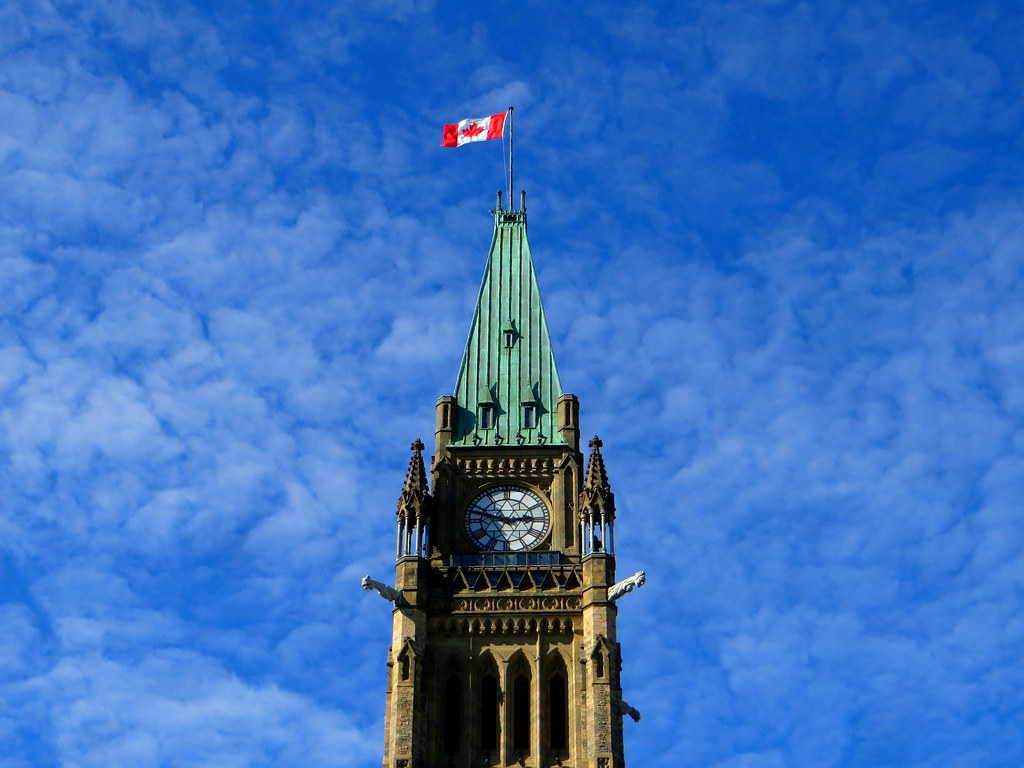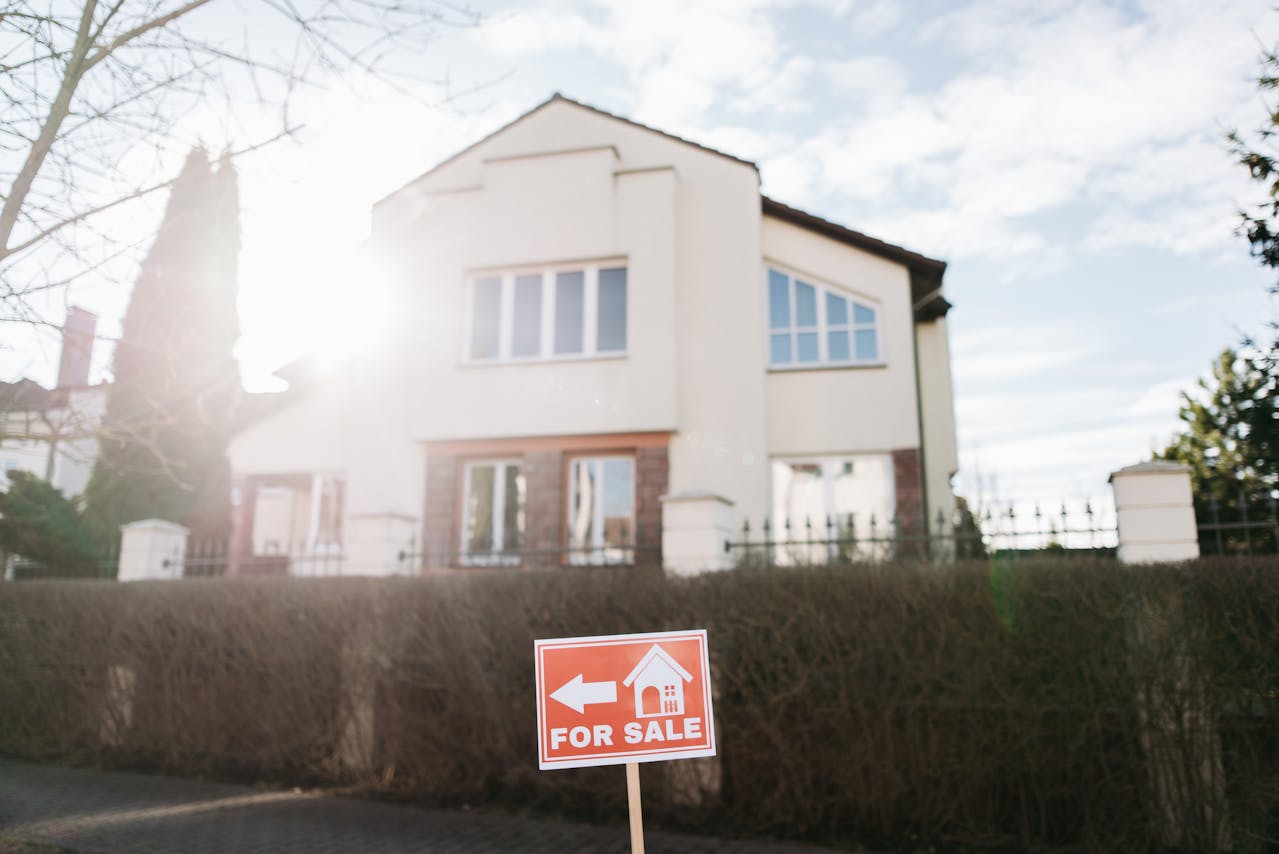Overview: an in-depth look at the federal government’s proposed capital gains tax hike and its potential impacts on the GTA housing market.

One of the biggest and most controversial proposals is increasing the capital gains inclusion rate.
What exactly are capital gains? And what’s an inclusion rate?
And how do they affect you?
Let’s find out…
What Are Capital Gains?

The proposed hike to the capital gains tax affects everyone, including regular home buyers and sellers.
So what exactly are capital gains?
According to Canada.ca:
You have a capital gain when you sell, or are considered to have sold, a capital property for more than the total of its adjusted cost base and the outlays and expenses incurred to sell the property.
To put it simply, a capital gain is the difference between what you paid for an asset and what you sold it for.
An asset includes investments like stocks and mutual funds, or property like a house, condo or cottage.
For example, if you buy a condo for $500,000 then sell it for $750,000, you’d have a capital gain of $250,000.
Does that mean all home sellers have to pay a capital gains tax?
The short answer is no.
A capital gains tax is paid on the sale of investment properties and not principal residences.
This is known as the Principal Residence Exemption or PRE.
So if you sell the home you’re currently living in for more than you bought it, you won’t have to pay a capital gains tax.
Exemptions To The Capital Gains Tax

The following is a list of exemptions to the capital gains tax on the sale of a property:
Principal Residence Exemption: your primary home is exempt from the capital gains tax if
- You own the property alone or with another person
- You designate the property as your principal residence with the CRA
- The property is occupied by the owner, their spouse, common-law partner or child
Majority Residence: if you live in the property but rent it out or use it for business purposes, you may not have to pay a capital gains tax if
- You don’t deduct Capital Cost Allowance (CCA) for tax reporting purposes
- You don’t make major renovations to the property to increase its rental or business potential
- You use the property less for rental or business purposes and more as a principal residence
4-Year Rule: you can designate a property as your principal residence for up to 4 years (even if you don’t use it as one) as long as
- You don’t claim another principal residence during that time
- You don’t claim CCA on that property
What Is The Inclusion Rate?

QuickBooks offers the following definition:
An inclusion rate represents the rate the Canada Revenue Agency (CRA) uses to determine taxable capital gains…
In other words, the inclusion rate is the amount of capital gains that are taxed (e.g. when selling a home).
Right now, the inclusion rate stands at 50%.
What’s Changing?

According to the Government of Canada:
Budget 2024 proposes to increase the capital gains inclusion rate from…one half to two thirds on the portion of capital gains realized in the year that exceed $250,000 for individuals…
If the proposal goes into effect, the inclusion rate will increase to 66.7% for capital gains over $250,000 starting June 25th.
Here’s an example of how it would work…
You buy an investment property for $500,000 and sell it for $800,000—a capital gain of $300,000.
The first $250,000 of the capital gain is subject to the original 50% inclusion rate.
50% of $250,000 = $125,000.
Every dollar above $250,000 is subject to the new 66.7% inclusion rate (in this case $50,000).
66.7% of $50,000 = $33,350.
So the total capital gains tax on the sale of a $500,000 investment property for $800,000 is $158,350 ($125,000 + $33,350).
It’s important to keep in mind that there’s no standard capital gains tax rate in Canada.
Instead, the rate you pay depends on your income bracket and province.
Impact Of Higher Capital Gains Tax On The Housing Market

CTV News reveals:
Many Canadians could feel the impact of this tax change, such as through the sale of their cottages and other secondary residences, or rental properties.
But the impact of the tax hike won’t be limited to investors—it will also affect average Canadians.
For example, people who bought a condo or cottage for retirement, recreation or to earn extra income may rush to sell before the June 25th deadline.
That surge of inventory could cause a significant drop in prices, which would end up benefiting buyers.
Or prices and inventory could go the other way…
A tax hike may force investors and homeowners to delay selling, leading to a sharp decline in supply and higher prices.
Faced with rising prices and limited options, some buyers may choose to hold off on their purchase.
Sellers may also set a higher asking price to compensate for the tax hike, which would put homeownership out of reach for many buyers—especially new ones.
In addition to buyers, sellers and investors, a higher inclusion rate will also affect inheritors.
Per CBC News:
Taxpayers who are gifted a property — or inherit one from their family — and then sell the property could face the higher capital gains tax rate.
So if a person sells a gifted or inherited property, they could end up paying more if their capital gains exceed $250,000.
Capital Gains Tax Hike Conclusion

While a 66.7% inclusion rate seems high, only 0.13% of Canadians will be affected.
The fact is most homeowners don’t have to worry about changes to the capital gains tax.
Investors, however, may have reason to put off their sales, or try and beat the June 25th deadline.
If there is a rush of sellers before June 25th, supply could shoot up as prices drop.
On the other hand, if sellers choose to wait, it would add to the ongoing supply crunch and cause prices to rise.
Want to know more about the Capital Gains Tax Hike? Contact me below for answers.
Wins Lai
Real Estate Broker
Living Realty Inc., Brokerage
m: 416.903.7032 p: 416.975.9889
f: 416.975.0220
a: 7 Hayden Street Toronto, M4Y 2P2
w: www.winslai.com e: wins@winslai.com
*Top Producer (Yonge and Bloor Branch) — 2017-2023

